Aerobic, strength, flexibility, balance, and agility exercises are health-improvement samples for active people and those who wish to overcome motor functioning restrictions like Parkinson’s patients. To find the best exercise option, a therapist should analyze the patient’s state and choose activities with minimum risks for the injured neurological system.
Physical exercises for people with Parkinson’s disease are a must-have task within a comprehensive therapy program. Based on the clinical doctor’s advice and supervision, Parkinson-affected patients could choose an effective training program to recover damaged motor functions and suspend ailment progress that destroys the appropriate nervous cells and ties.
The US statistics forecast approximately 1.2 million people with Parkinson’s tremors and seizures by 2030. However, a permanent exercise-grounded approach guarantees higher chances of Parkinson’s symptoms reduction at the early stage.
Attention: Before starting physical training, you always need to consult with the treating neurologists and compile individual workout programs with appropriate activities. To achieve effective recovery goals, motor-strengthened movements should be accompanied by comprehensive medication prescriptions and clinical diagnostic tests.
How to Start Exercising with Parkinson’s Disease?
Any therapy schedule for sufferers of Parkinson’s disease includes exercises directed to improve living functions and enhance organism’s functions for the continued fight against this ailment. Parkinson’s disease refers to the progressive neurological and psychological disorder deteriorating human motor functions and affecting cardiovascular, digestive, and cognitive abilities.
The only specialty for neurological diseases is their phased development. So, physical activities for Parkinson’s victims depend on several important conditions:
- the neurological therapist’s approval based on detailed clinical tests and evaluation;
- the patient’s body constitution and abilities to do some exercises;
- gender and age feature requiring slight training program corrections, etc.
Once the exercising practices are acceptable, professional rehabilitation therapists or licensed therapy instructors compile the Parkinson’s exercise program, which foresees activities, post-training measures, diet formula, and even recommendations for rest time arrangements.
The physical pieces of training should be reasonably scheduled and strictly adhered to by the patients as medical prescriptions.
How Often You should Exercising
The medical Parkinson’s association recommends that exercise sessions last at least 2.5 hours weekly. Patients with different stages of the disease progress could adjust their physical activities or combine movements to provide positive effects for the whole organism.
Please prepare the weekly exercise plan as follows:
- short morning exercises to help Parkinson-affected people boost inner energy sources and wake up early after night thanks to a constant training schedule;
- specialized workout activities, aerobic, strength, or agility, up to 1 hour per day. Week frequency for such activities is subject to the clinical picture of the treating patient;
- every single afternoon or evening walks to relax and improve the mental and psychological state.
What Exercises Are Good for Parkinson’s Disease
Exercise is a part of the well-planned anti-Parkinson’s measures to restrict the disease’s destructive effects. People living with Parkinson’s disorders need to recover motor and cardiorespiratory functions.
Fitness-like activities should boost the natural abilities of the affected organism for increased living powers to heal injured nerves of the brain. Due to the worsening Parkinson‘s stage, the respective patients should keep getting healthy and fit via specific complex exercises in the rehabilitation center or at home.
According to a few diagnosis aspects, Parkinson’s patients could combine yoga classes with walks or karate with strength training to mitigate tremors and brain dysfunctions and optimize vital life activities.
Aerobic Exercise
According to general therapy theories and investigations, aerobic exercises positively affect Parkinson’s patients. These activities are straightforward and accessible to all categories of sufferers from tremors and motor seizures. If a patient spends at least 30 to 40 minutes three times a week, visible improvements will prolong normal brain work and suspend progressive adverse reactions disrupting the nervous system.
To choose the preferable exercise, the Parkinson’s patients could try the following trainings suitable for inside and outside spaces:
- Walking. The best method for Parkinson’s therapy is outdoor walks in parks, forests, or greenery landmarks. Smooth movements or race walk motions keep patients up and stimulate their muscles to work in a regular rhythm. For maximum positive effects, walking should be combined with breathing therapy. Slowly inhale and exhale actions, and short pauses train the respiratory system and provide blood circulation with extra oxygen supply.
- Jogging. A productive unification of speed walking, jumping, and running movements reduce tremors and multi-directional movements. These sports-like activities improve cardiovascular functions and manage nerve impulses.
- Cycling. This kind of aerobic exercise trains muscles and brain space orientation functions, allowing Parkinson’s patients to recover early-deteriorated abilities. According to medical researchers, cycling sessions organized several days a week have similar results a patient plans to achieve six months after the medication procedures.
- Swimming. Water procedures are excellent methods for relaxation and muscle training. In addition, swimming perfectly develops respiratory skills. Parkinson’s disease easily decreases its progressive effects via aerobic exercises in swimming pools.
Strength Training
Parkinson’s ailment disease muscle strength, gradually leading to tremors and slow movements. Therefore, damaged nervous systems and motor tissues drastically spoil the life activities of the patients. To benefit the strength training and remove Parkinson’s aggressive effects, the patients should take some recommendations into consideration:
- The strength exercises are associated with workout equipment to make the muscular system strong and resilient to tremors or motion disabilities specific to Parkinson’s patients. Hand weights and strength-specialized gym machines are designed to help people with neurological disorders enhance their physical motion state and reshape body constitution.
- People diagnosed with late-stage Parkinson’s progress should refuse strength exercises or do them under the strict supervision of the treating therapist or rehabilitation instructor.
- According to the strength training schedule, the fitness sessions could be set only two days a week because their goal is to stimulate living powers and not to increase musculature rate.
Flexibility Training
Elementary twisting or stretching exercises for sitting or standing poses positively impact everyone. If you have difficulties in active fitness training, you may use flexibility techniques to strengthen muscle tone and develop the central nervous system resistance to disease progression.
Also, flexibility exercises are a good alternative for people with complicated Parkinson’s symptoms disabled to stand or walk. Indeed, you may use straightforward training as morning exercises and repeat them several times a day.
Any flexibility exercises should focus on the following rules:
- Use a hard surface to lean on it. Wall, floor, or door are samples of fitness-supportive pillars which reduce additional pressure you may feel due to weak muscles.
- Remember about short breath techniques. Any movement should accompany short breath inhale and exhale pauses for 10-20 seconds to train respiratory and muscular systems.
- Choose a chair like a fitness tool. Many body twist and hand bend exercises could be done in a sitting pose. So, a comfortable chair will simplify exercise algorithms and increase positive effects.
- Stop the training process once you notice some painful sensations. Any Parkinson’s exercise program should contain training recommendations and samples. However, painful reactions always notify you to stop the exercise and have a rest.
Balance and Agility Training
Most agility exercises require particular muscle strength and improve the central nervous system because of the comprehensive impact of applied movements. Patients with Parkinson’s disorder could attend classes and training for balance improvement and strengthening the vestibular system. In addition, particular agility activities positively influence mental health and adjust close ties with nature and its creatures.
The agility exercises include the following activities:
- Dancing. Smooth movements and dynamic rhythms improve blood pressure, respiratory functions, and vestibular abilities.
- Gardening. Everyday garden-keeping activities benefit mental health and provide valuable stress relief particularities. Close communication with nature relaxes and heals neurological disorders. In addition, monotonous and simple actions develop fine manual skills, reducing Parkinson’s progress.
- Yoga classes. The other method to diversify the Parkinson’s training program is yoga. The pilates-based exercises with philosophy studies reshape the body and mind. Yoga classes improve muscle flexibility and strength. They also stabilize breathing inequalities.
- Golf. The cutting-edge sports activity with acute and elegant movements improves orientation skills and vestibular strength abilities.
- Karate. The best way to strengthen your back and core muscles is through karate classes. This significantly important training against Parkinson’s signs effectively overcomes balancing problems and motor dysfunctions due to a stable therapy schedule.
What to Do if a Person with Parkinson’s Have Trouble Standing or Walking
Some elementary exercises are offered by flexibility instructors that help recover motor functions and improve motion activities. People living with late-stage or harmfully progressive Parkinson’s could lose motor abilities faster and therefore standing and walking become impossible tasks that are hard to attain.
Anyway, such therapy procedures should be approved by neurological specialists in order to minimize the risks of worse health conditions.
Benefits of Physical Exercise for Parkinson’s disease
Physical training facilitates the recovery process, clinical therapy, and disease progression. People with Parkinson’s need everyday exercises outside to keep their physical and mental health stronger and more resistant to motor deterioration.
The well-prepared Parkinson’s training program guarantees:
- flexible, balanced, and strengthened muscles and reduced tremors;
- stable blood pressure and respiratory functions; cognitive acuity and mental abilities.
Contact the professional neurologists for medical care and exercise treatment:
The Lone Star Neurology team is working to reduce adverse effects provoked by Parkinson’s disease on you or your relatives. We are ready to provide a variety of cutting-edge examinations and tests in order to distinguish the ailment’s progress and select a significantly helpful training program. Pharmaceutical treatment and the best exercise complex will become the patient’s recovery solution.
FAQs
- What is the best exercise for Parkinson’s disease?
According to Parkinson’s medical association investigations, aerobic training is the best exercise program for tremor and motor dysfunction recovery.
- How much exercise should a Parkinson’s patient do?
Training therapy classes with maximum positive health effects should be scheduled two or three times a week. In particular, one exercise period lasts up to 45 minutes on average.
- How do you strengthen your back and core muscles in Parkinson’s?
Back and core muscles require a combination of physical exercises, including aerobic and strength training with balance activities like yoga to organize a perfect musculature pressure and rest formula.
- Does exercise make Parkinson’s worse?
Intense training classes or long-term exercises with strong painful sensations deteriorate the patient’s health conditions with Parkinson’s disorder.
- Is walking good for Parkinson’s patients?
Walking is a great solution for Parkinson’s patients due to its beneficial cardiorespiratory effects.


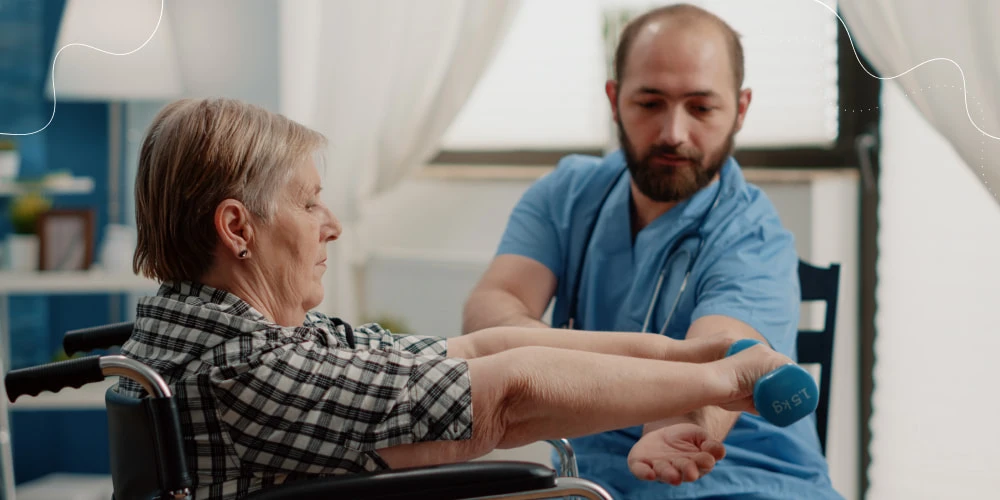
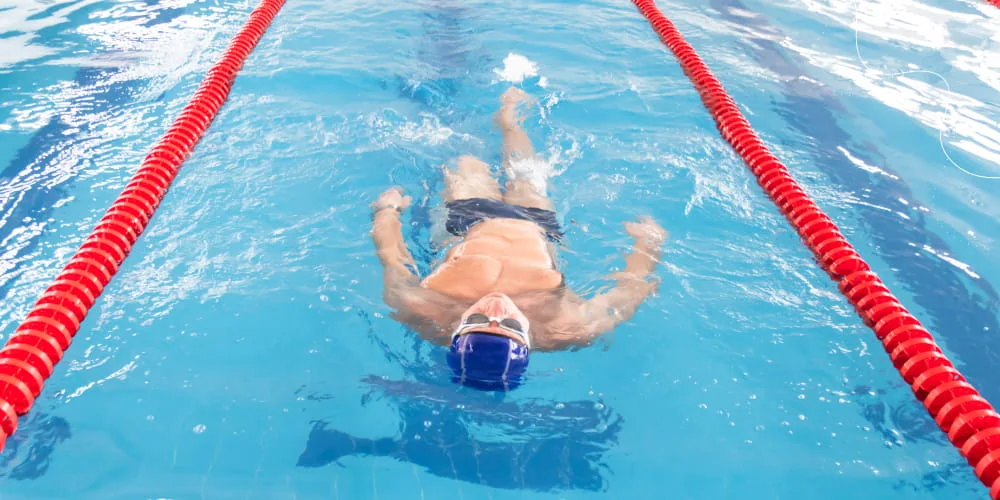
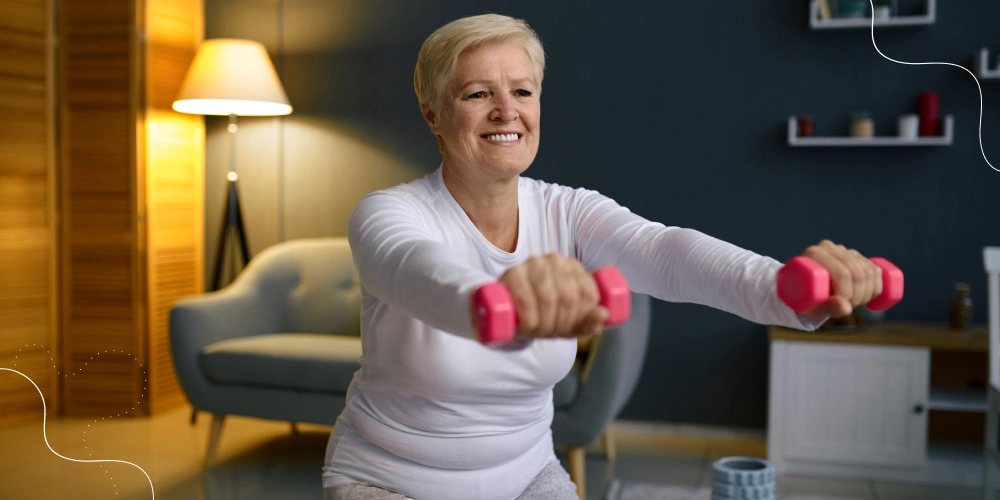
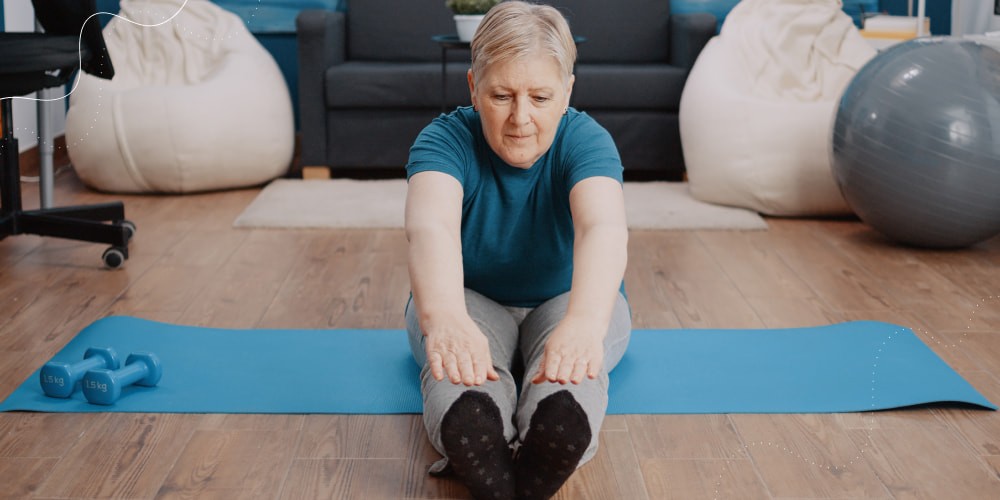
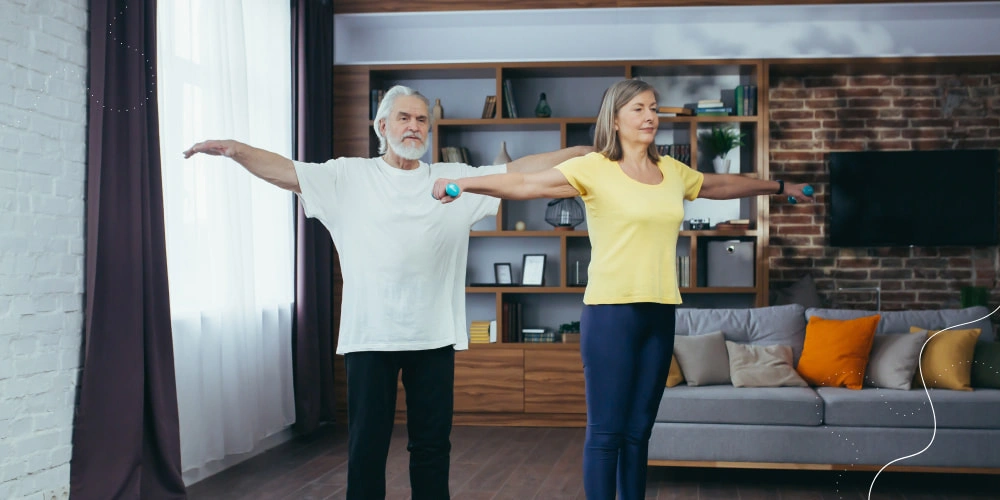
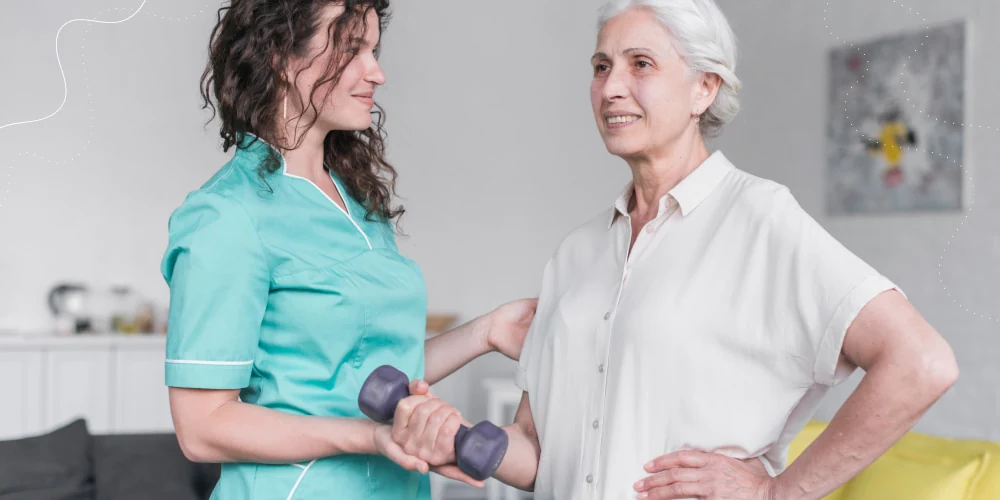








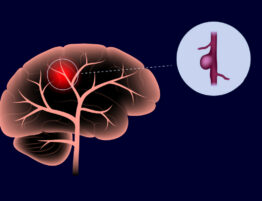
Please, leave your review
Write a comment: